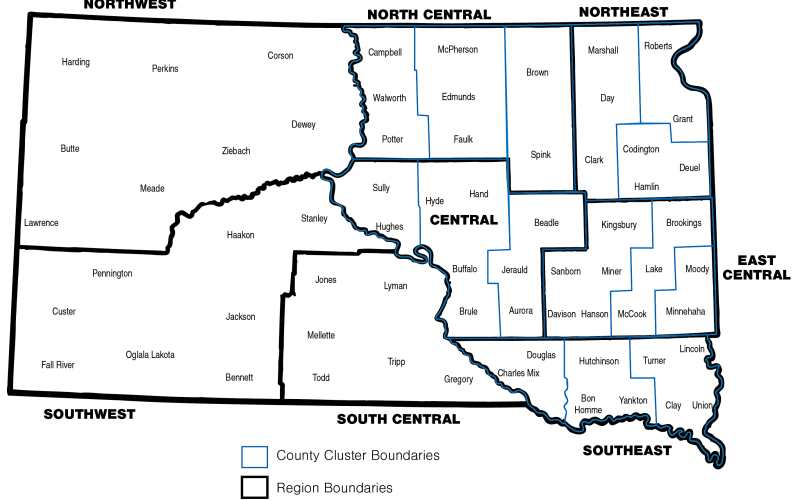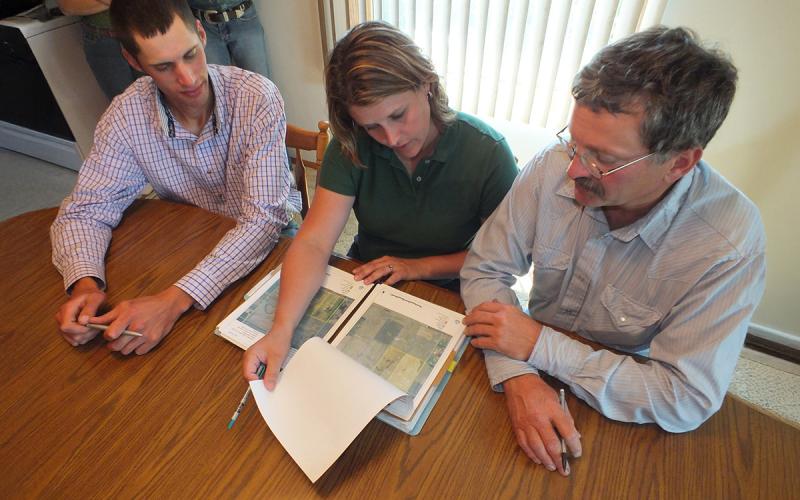
Valuing corn silage correctly can be challenging under normal conditions because of variations in dry matter content and nutrient composition. Drought conditions magnify those challenges simply because of greater variation caused by stress during the growing season.
A number of different rules-of-thumb have also long been used relating corn silage price to the price of corn that generally work well enough, because they rely on normal relationships between the amount of corn in a ton of corn silage.
But what do you do when those relationships no longer hold? Pricing corn as a multiple of corn prices intuitively does not make sense when there is little to no corn actually produced. Corn silage could be priced in normal years based on hay values (adjusted for moisture). However, this approach artificially increases the value of silage crops because of low hay supplies.
Using Actual Composition is the Preferred Approach
Testing feeds and using the actual nutrient composition to establish value based on an agreed-upon reference feed is the most accurate method and the fairest to both the buyer and seller. Suppose that a farmer and livestock owner agreed to value silage at 85% of the TDN value of corn to account for nutrient losses. Corn is approximately 88% TDN on a dry matter basis, and, in this case, their estimate of new crop corn price was $5.50 per bushel. In that instance, a pound of TDN from corn silage could be calculated as follows:
- Cost per pound as-fed = $5.50 ÷ 56 = $0.098 per pound
- Cost per pound of DM = 0.098 ÷ 0.85 = $0.116
- Cost per pound of TDN (DM basis) = 0.116 ÷ 0.88 = $0.131
Suppose at harvest the drought-stressed corn silage tested 60% TDN (compared to a normal book value of 70%) and was 35% dry matter. One ton of this silage contains 700 pounds of dry matter and 420 pounds of TDN. We can use those values to calculate a corn silage value based on TDN: 420 pounds TDN in a ton of corn silage × $0.131/pound TDN = $55.02. Multiplying that value by 85% to account for storage loss results in a value of $46.77 per ton in the bunker, pile or silo.
There have also been a number of different calculators developed to automate some of those comparisons. One resource developed by SDSU Extension is the Feed Cost Comparison tool. This calculator considers dry matter content, nutrient composition, and shipping costs to compare two different feedstuffs.
What Other Adjustments May be Needed?
Harvest costs need to be accounted for when a livestock producer purchases silage from another grower. Yields are more difficult to predict under poor growing conditions, resulting in challenges with converting per-acre harvest costs into costs per-ton. Accurate estimates of moisture content are critically important because of the influence that factor may have on final value. Relying on book values for nutrient composition poses an additional set of difficulties, as even small changes in grain fill may dramatically influence value.
Standing corn does have value as a source of nutrients for next year’s crop and as a source of soil organic matter. These values can also be challenging to estimate, but $10 per ton might be a reasonable minimum value. Keep in mind that not all the benefits will be realized in the next crop year, and that there may be unexpected expenses from not removing the corn crop, such as increased volunteer corn pressure.
What About Buying a Standing Corn Crop?
There are considerably more unknowns when trying to price a crop standing in the field. If scales are not available, the buyer may need to estimate yield. Dry matter is challenging to estimate and plays a major role in the actual value of high-moisture feeds. Drought-stressed corn is even more challenging, as the crops are often wetter (and therefore less valuable) than a visual appraisal might indicate.
When variables that affect value must be estimated, reducing price is a reasonable approach to dealing with these uncertainties. The buyer would bear all the risk of estimating incorrectly, so adjusting building in some “cushion” to reduce the risk of over-paying, because of incorrect assumptions would be prudent.
Salvaging a failed crop as silage to feed to livestock can be a “win-win” for both the crop grower and livestock owner. Relying on actual data rather than assumptions improves the odds of finding a value that is fair to both parties.


